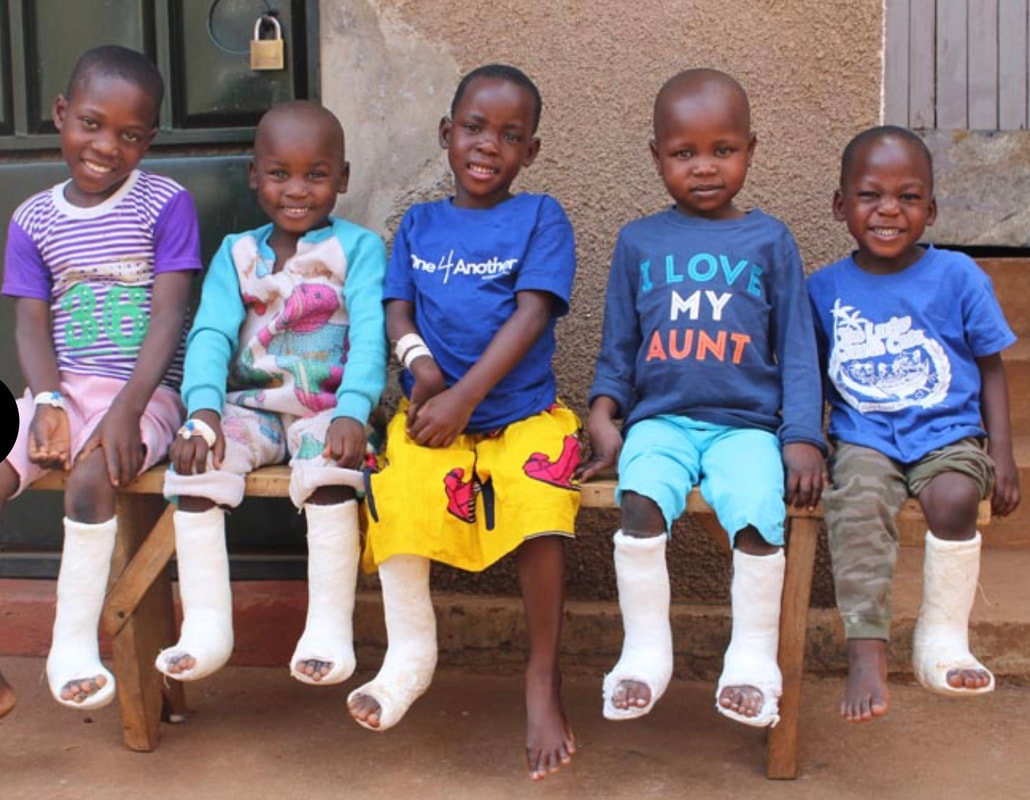 POSY is thrilled to support One4Another by selling our 'One4Another Shea Butter Soap', with all profits going to this wonderful charity! One4Another's primary goal is investing in life-changing surgeries for children in Uganda who would not be able to afford it without outside help. Many children in Uganda grow up with debilitating diseases and illnesses that are easily treatable. These illnesses often cause a lifetime of suffering and exclusion from their communities. Canadian children would never have to suffer through living with club feet or a bone infection, since with our amazing health care system these afflictions would be quickly treated. With financial help from Canadians, Ugandan children can receive the surgeries they desperately need and hopefully have a brighter and happier future! What we at POSY love about this organization is that One4Another is a registered Canadian charity based locally right here in Cambridge, Ontario! Even more amazing, though the fundraising action happens here, all the workers at O4A are Ugandan. There is a growing team of Ugandan professionals taking care of these children at the One4Another Surgical & Rehabilitation Centre in Jinja, including surgeons, nurses, program coordinators, follow up care, community officers and therapists. Glenn Pascoe and Wendy Hayhoe, a sibling team created One4Another after volunteering in Uganda. They saw the many needs and couldn't come back to Canada without 'doing something' about the great disparity of wealth that that they saw exists in the world. Surgical care for these kids from start to finish costs between $200-$1000 depending on the surgery. Having the needed surgery can shift children from a perpetual life of poverty to the hope of an education and job to provide for their families. Some of the many conditions that One4Another helps to treat are clubfoot, bone infections, burns, fractures & trauma, growths & tumors, hernias, birth defects, urological problems and eye diseases. Another amazing way that Canadians are helping these children is through the '18th man project'. Boys and Girls hockey teams from all over Southern Ontario have partnered with One4Another by adding a Ugandan child in need of surgery to their team as the '18th man', and fundraising as a team to pay for his/her surgery. One4Another even facilitates a relationship between the team and the child through letters, updates and pictures. Hopefully you will agree that this is an amazing Canadian charity and well worth investing in. Consider giving today by purchasing our O4A Shea Butter Soap! For more information: website: https://one4anotherintl.ca email: [email protected]
3 Comments
Have you ever tried something new and known at once that it was better than anything you had ever tried before? And now that you know it, there is just no possible way you could go back to using your old product? For me, that happened the fist time I used natural handmade soap. My girlfriend started doing house parties, representing and selling "From the Meadow" soap and skin care products, all handmade in Belmont, Ontario. I loved that soap so much, I was hooked! After using their soaps for years, I was inspired to start making my own natural skin care products, and POSY was born.
Honestly, once you have used a handmade bar of natural soap, it is impossible to ever go back to feeling satisfied with using commercial "soap". It only takes one experience with real artisan soap to realize the difference, it just feels so much better on your skin. Our POSY soap bars are cold-processed and made from scratch in small batches, using high quality natural and organic butters and oils. The cold-process method takes more time, but produces the highest quality and most gentle bars of soap. Our soaps are coloured with herbs and clays, and scented with essential oils. You may ask, why is this such a big deal? It's important, because our goal is to provide safe, healthy, nourishing and beautiful skin care options for our family, and for you! Our natural soap bars are extremely nutritious for the body and do not strip away the skin's natural moisture as they cleanse. Did you know that most commercial "soaps" are actually detergents, and offer very few natural benefits to the skin. Synthetic detergents make these "soaps" a cosmetic rather than actual soap. Listed below are just a few of the reasons to switch to handmade soap! 1) REAL soap Real handmade soap is derived from raw natural sources such as plant-based oils and butters. Soap-making involves combining fats and oils with sodium hydroxide (lye) to form glycerin and fatty acid salts. Most commercial "soaps" you buy from the drugstore are not soap but detergents. These detergents are synthetic agents that often contain harsh chemicals and hardeners that can be irritating for the skin. 2) Environmentally friendly Soap is environmentally friendly because it is completely biodegradable, while detergents are non-biodegradable. Soap bars use little or no packaging, so you don't have to contribute to the land-fill site with your empty body wash bottles. 3) GLYCERIN is moisturizing (Yes please!) Soap contains glycerin which is a natural byproduct of the soap making process, and is a wonderful humectant for the skin. This means that it draws and holds moisture to the skin leaving it supple and hydrated long after your shower, and continues to attract moisture from the air to your skin throughout the day. Glycerin increases the permeability of the skin to help increase hydration, and it contributes to a creamy lather. Commercial soaps often have the glycerin removed to be sold as a lucrative bi-product, and therefore will often leave your skin feeling dry. 4) Nourishing ingredients Cold process soaps keep all of the nourishing ingredients undamaged so that they moisturize rather than dry out the skin. The natural butters and oils help to heal and protect, offering vital vitamins, antioxidants, and nutrients that contribute to healthy skin. Handmade soap can be made with herbs, clays, milks, botanical extracts, salts and essential oils which contribute to therapeutic properties and aromas. 5) Beauty & Artistry Artisan soap is designed and handmade in small batches by artists, who put a ton of love and labour into each bar they create. Each bar is unique, beautiful, beneficial, and luxurious. The various ingredients in handmade soap can offer a lot of variety and options for those who have different skin types and unique preferences in texture and scent. In addition, when you buy handmade soap you are supporting a small businesses in your community! Hopefully these 5 reasons to buy handmade soap are enough to make you want to try some for yourself! 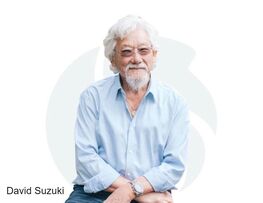 I don't know about you but I am a label reader. For some years now I have been providing a natural obstacle in the aisles of my local grocery store as I survey the list of ingredients on pickles and mayonnaise and more. Looking at food ingredients can be daunting at the best of times. However, have you ever looked at the ingredients on your personal care items? Let me tell you THAT can be an intimidating and overwhelming task. I'm not sure even Google Translate could decipher many of the ingredients listed there! It was in the pursuit of understanding these ingredients, and discovering so many harmful chemicals on these labels, that led me to begin creating my own healthy alternatives. When I first began thinking about making artisan soaps and lotions, I was motivated to use natural and organic ingredients that were safe to put on my skin. David Suzuki's dirty dozen list was very influential for me as I researched what type of ingredients I did and did not want to use in my formulations. There are so many things to think about when beginning to purchase or create healthy skin care products that work effectively. I began to audit my bathroom cupboards using this list of harmful ingredients that are commonly found in 4 out of 5 cosmetics. Hopefully this list will help you to know what ingredients to look for on your product labels, so you too can make an informed decision as to what type of products are healthy to purchase for yourself and your family. Top Cosmetic Chemicals to avoid! DAVID SUZUKI’S DIRTY DOZEN LIST: The following information is taken directly from the David Suzuki Foundation website: 1. BHA (BUTYLATED HYDROXYANISOLE) AND BHT (BUTYLATED HYDROXYTOLUEN) BHA & BHT are synthetic antioxidants that are used as preservatives in many moisturizers, and other types of cosmetics. These ingredients are classified as possible carcinogens and hormone disrupters. Long-term exposure has been linked to allergic reactions, liver, thyroid, and kidney problems, and reproductive dysfunction. 2. COAL TAR DYES On ingredient lists, these will show up as “P-phenylenediamine” or “CI” (Color Index) followed by a five digit number, and are used in hair dyes and as pigments for cosmetics. Derived from petroleum and composed of many different chemicals, coal tar dyes have the potential to cause cancer and when contaminated with aluminum and heavy metals may cause damage to the brain. 3. DEA (DIETHANOLAMINE) DEA compounds are used to make cosmetic products creamy or sudsy and can be found in products like moisturizers, soaps, cleansers and shampoos. DEA can cause moderate skin and eye irritation, while prolonged exposure has been linked to liver, skin, and thyroid cancers. 4. DBP (DIBUTYL PHTHALATE) Dibutyl phthalate is a plasticizer commonly used to prevent nail polish from becoming brittle. Phthalates are also used as fragrance ingredients in many other cosmetics, but consumers won’t find these listed on labels, as fragrances are considered to be trade secrets and not required to be disclosed on the ingredient list. Consistent use of DBP has been linked to hormonal disruptions and developmental defects in fetuses, reproduction and fertility issues, as well as liver and kidney failure. 5. FORMALDEHYDE-RELEASING PRESERVATIVES These preservatives are listed under ingredient names DMDM hydantoin, diazolidinyl urea, imidazolidinyl urea, methenamine, quaternium-15, and sodium hydroxymethylglycinate. They are used as a preservative in a variety of cosmetics and they work by continuously releasing small amounts of formaldehyde which is a known human carcinogen. 6. PARABENS Parabens are the most widely used preservatives in cosmetics and skincare products and an estimated 75-90% of cosmetics contain parabens. They are also used as fragrance ingredients that won’t be found on the label. Parabens easily penetrate the skin and have been linked to hormonal disruptions, breast cancer, increased skin aging, and DNA damage. It has been estimated that women are exposed to 50 mg per day of parabens from cosmetics. 7. PARFUM (OR FRAGRANCE) Over 3,000 different ingredients are used in fragrances, yet all of these will show up as one word on ingredient lists – “fragrance” or “parfum”. These scent-enhancing substances can be found in almost every type of cosmetic product. Many of these unlisted and “trade secret” parfum ingredients are irritants and have been linked to health problems such as asthma, allergies, and migraines. 8. PEG COMPOUNDS Primarily used in cream-based cosmetics, PEG compounds are used as thickeners, solvents, softeners, moisture-carriers and “penetration enhancers”. Depending on how they are manufactured, these ingredients can become contaminated with ethylene oxide and 1,4-dioxane. The International Agency for Research on Cancer classifies these as known and possible human carcinogens. Ethylene oxide may also interfere with human development and harm the nervous system. Even when not contaminated, PEG compounds have been shown to cause skin irritation. 9. PETROLATUM Petrolatum is a mineral oil jelly (petroleum jelly) that is used as a barrier to lock moisture into the skin in a variety of moisturizers and in hair products to add shine. This ingredient is often contaminated with PAHs (polycyclic aromatic hydrocarbons), and when used on the skin over a period of time it is associated with cancer. The European Union classifies petrolatum as a carcinogen. In smaller doses PAHs can also cause skin irritation and allergies. 10. SILOXANES These silicone-based compounds are used in cosmetics to soften, smooth and moisten. Look for ingredients ending in “-siloxane” or “-methicone”, which are found most commonly in hair products and deodorant creams. Many of these ingredients have been found to impair reproduction and interfere with human hormone function. 11. SLS (SODIUM LAURETH SULFATE) SLS is most commonly found in cosmetics like cleansers, bubble bath, shower gels and shampoo in order to make products bubble and foam. SLS is well known as a skin irritant. Depending on manufacturing processes SLS can be contaminated with ethylene oxide and 1,4-dioxane - known carcinogens and possible developmental toxins. 12. TRICLOSAN This ingredient is used mainly in cosmetics such as deodorants, cleansers, and hand sanitizers as a preservative and anti-bacterial agent. Triclosan can pass through the skin and is suspected of interfering with hormone function. It is also classified as a skin and eye irritant, and may contribute to antibiotic resistant bacteria. Triclosan is also toxic for the aquatic environment as it does not easily degrade after it is washed down the shower drain. A recent study by the David Suzuki Foundation found that roughly 80% of cosmetic products owned by surveyed individuals contained at least one of the ingredients on this “dirty dozen” list. |
AuthorHi I'm Karen! Archives
October 2020
Categories |
Products |
Company |
Connect With Us |
|
© POSY - Pure Organic Skin for You Inc. 2020. ALL RIGHTS RESERVED.
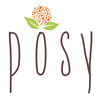
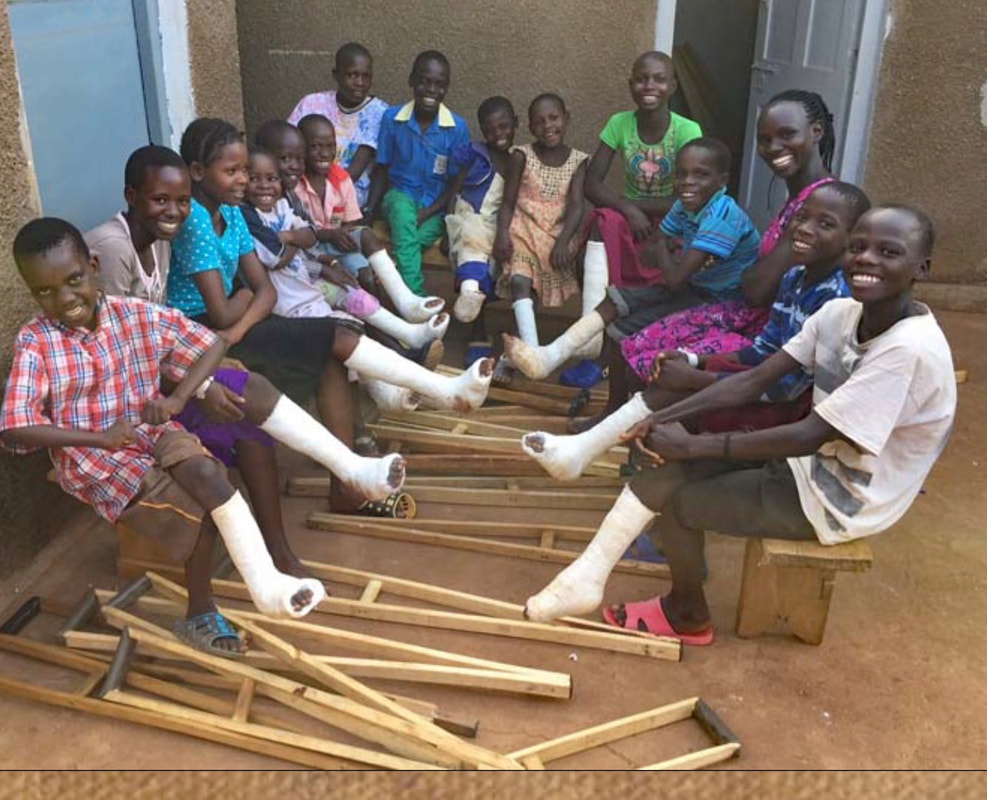

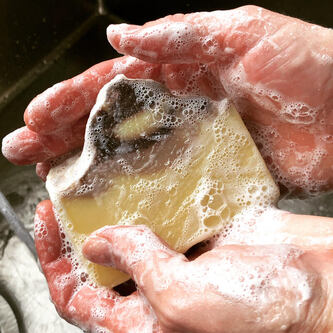
 RSS Feed
RSS Feed